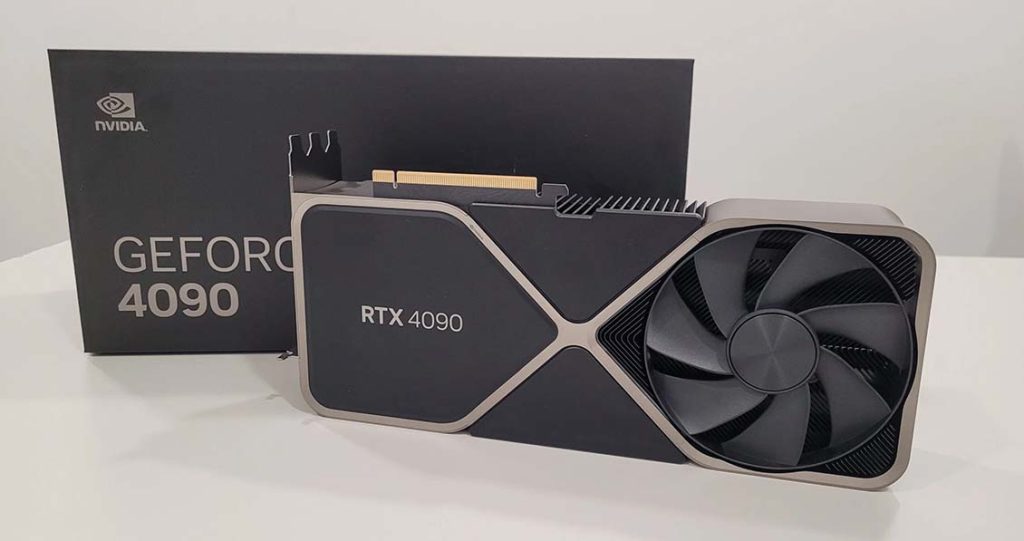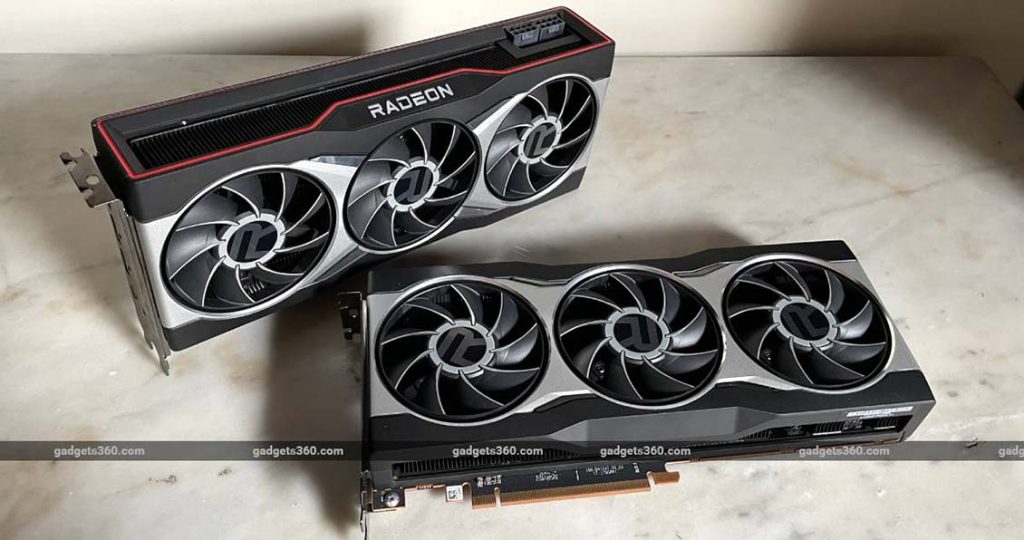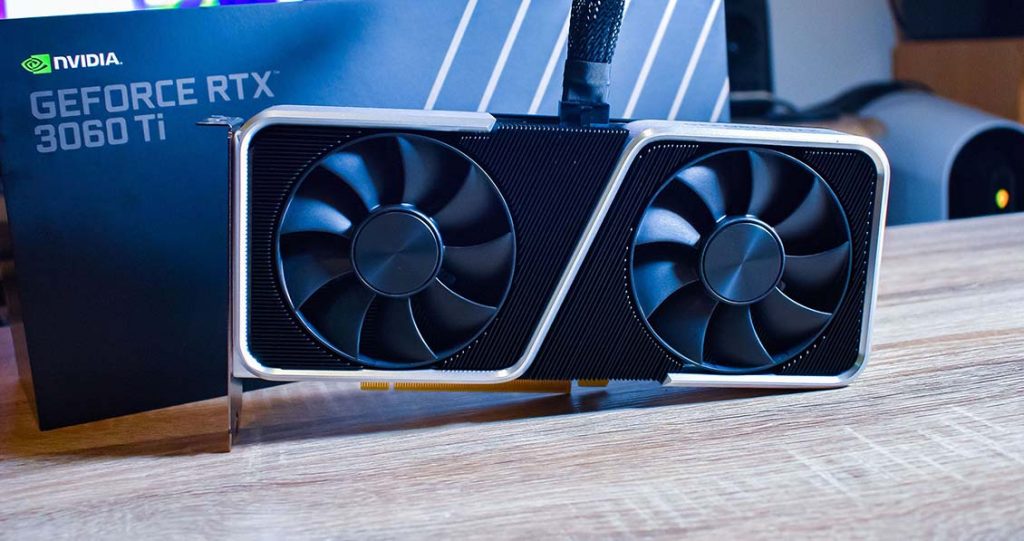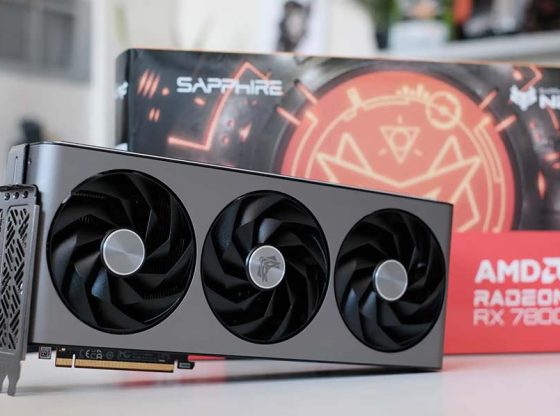When it comes to powering high-end gaming and creative workflows, the graphics card (GPU) is one of the most crucial components in your computer. Whether you’re diving into the latest AAA games, rendering complex 3D scenes, or editing high-resolution videos, the right GPU can significantly enhance your performance and productivity. In this comprehensive guide, we’ll explore the top 10 graphics cards for gamers and creators in 2024, discussing their features, performance, and value to help you make an informed decision.
1. NVIDIA GeForce RTX 4090
The NVIDIA GeForce RTX 4090 is the latest flagship GPU from NVIDIA, designed to deliver unparalleled performance for both gamers and creators. Built on the Ampere architecture, it boasts significant improvements in ray tracing, AI performance, and overall graphics rendering.
Key Features
- CUDA Cores: 10,496
- Base Clock: 1.38 GHz
- Boost Clock: 1.73 GHz
- VRAM: 24 GB GDDR6X
- Ray Tracing Cores: 82
- Tensor Cores: 328
- TDP: 450W

Performance
The RTX 4090 excels in 4K gaming, often delivering frame rates well above 60 FPS in the most demanding titles. It also significantly boosts performance in ray-traced games thanks to its advanced RT cores. For creators, the 24 GB of VRAM and enhanced AI capabilities make it ideal for 3D rendering, video editing, and AI-based applications.
Pros and Cons
- Pros: Unmatched performance, excellent ray tracing, massive VRAM, strong AI capabilities
- Cons: High power consumption, very expensive
Recommendation
The RTX 4090 is the ultimate choice for those who need the best possible performance, whether for gaming or professional creative work. However, its steep price makes it suitable primarily for those with a substantial budget.
2. AMD Radeon RX 7900 XTX
The AMD Radeon RX 7900 XTX is AMD’s top-tier graphics card, offering impressive performance and competitive pricing. It is built on the RDNA 3 architecture, providing excellent performance in both gaming and professional applications.
Key Features
- Compute Units: 80
- Base Clock: 1.5 GHz
- Boost Clock: 2.3 GHz
- VRAM: 16 GB GDDR6
- Ray Accelerators: 80
- Infinity Cache: 128 MB
- TDP: 350W
Performance
The RX 7900 XTX handles 4K gaming with ease, delivering high frame rates in the latest games. It also offers strong performance in ray-traced titles, though slightly behind NVIDIA’s top offerings. For creators, the 16 GB of VRAM and large Infinity Cache help with rendering and video editing tasks.
Pros and Cons
- Pros: Great 4K performance, competitive pricing, good ray tracing capabilities
- Cons: Higher power consumption than some competitors, slightly behind NVIDIA in ray tracing
Recommendation
The RX 7900 XTX is an excellent choice for gamers and creators looking for high performance without breaking the bank. It offers great value for its price, making it a strong contender in the high-end GPU market.
3. NVIDIA GeForce RTX 3080 Ti
The NVIDIA GeForce RTX 3080 Ti is a powerful GPU that balances performance and price, making it a favorite among high-end gamers and creators. It features the Ampere architecture, offering excellent ray tracing and AI capabilities.
Key Features
- CUDA Cores: 10,240
- Base Clock: 1.37 GHz
- Boost Clock: 1.67 GHz
- VRAM: 12 GB GDDR6X
- Ray Tracing Cores: 80
- Tensor Cores: 320
- TDP: 350W
Performance
The RTX 3080 Ti is capable of handling 4K gaming with high frame rates and superb visuals. It performs exceptionally well in ray-traced games, providing a smooth and immersive experience. For creators, the 12 GB of VRAM and AI enhancements offer significant boosts in rendering and editing workflows.
Pros and Cons
- Pros: Excellent 4K performance, strong ray tracing and AI capabilities, more affordable than the 4090
- Cons: Still relatively expensive, high power consumption
Recommendation
The RTX 3080 Ti is a fantastic choice for those seeking high-end performance without reaching the premium price tag of the 4090. It’s suitable for demanding gamers and creators who need robust performance and features.
4. AMD Radeon RX 6800 XT
The AMD Radeon RX 6800 XT is a high-performance GPU that competes directly with NVIDIA’s RTX 3080. It’s built on the RDNA 2 architecture, offering excellent gaming performance and robust features for creators.
Key Features
- Compute Units: 72
- Base Clock: 1.82 GHz
- Boost Clock: 2.25 GHz
- VRAM: 16 GB GDDR6
- Ray Accelerators: 72
- Infinity Cache: 128 MB
- TDP: 300W

Performance
The RX 6800 XT performs admirably in 4K gaming, delivering smooth and high frame rates. Its ray tracing capabilities are strong, though slightly behind NVIDIA’s Ampere cards. For creators, the 16 GB of VRAM and large Infinity Cache are beneficial for demanding tasks like rendering and video editing.
Pros and Cons
- Pros: Great 4K performance, competitive pricing, ample VRAM
- Cons: Ray tracing performance not as strong as NVIDIA, higher power consumption
Recommendation
The RX 6800 XT is an excellent option for those seeking high performance at a more accessible price point. It’s ideal for gamers and creators who need solid performance without spending a premium.
5. NVIDIA GeForce RTX 3070
The NVIDIA GeForce RTX 3070 is a mid-range GPU that offers excellent value for its price. It’s built on the Ampere architecture, providing strong performance in both gaming and creative applications.
Key Features
- CUDA Cores: 5,888
- Base Clock: 1.50 GHz
- Boost Clock: 1.73 GHz
- VRAM: 8 GB GDDR6
- Ray Tracing Cores: 46
- Tensor Cores: 184
- TDP: 220W
Performance
The RTX 3070 excels in 1440p gaming, delivering high frame rates and impressive visuals. It can also handle 4K gaming, though with some settings adjustments. For creators, the 8 GB of VRAM and AI enhancements provide good performance in tasks like rendering and video editing.
Pros and Cons
- Pros: Excellent value for money, strong 1440p performance, good ray tracing capabilities
- Cons: Limited VRAM for very high-end tasks, less powerful than higher-end models
Recommendation
The RTX 3070 is perfect for gamers and creators on a budget who still want strong performance. It’s especially well-suited for 1440p gaming and mid-range creative work.
6. AMD Radeon RX 6700 XT
The AMD Radeon RX 6700 XT is a mid-range GPU designed to compete with NVIDIA’s RTX 3060 Ti. It’s built on the RDNA 2 architecture, offering solid performance for both gaming and creative applications.
Key Features
- Compute Units: 40
- Base Clock: 2.32 GHz
- Boost Clock: 2.58 GHz
- VRAM: 12 GB GDDR6
- Ray Accelerators: 40
- Infinity Cache: 96 MB
- TDP: 230W
Performance
The RX 6700 XT performs well in 1440p gaming, delivering high frame rates and good visuals. It can also handle 4K gaming, though with some compromises. For creators, the 12 GB of VRAM and large Infinity Cache are beneficial for tasks like rendering and video editing.
Pros and Cons
- Pros: Strong 1440p performance, ample VRAM, competitive pricing
- Cons: Ray tracing performance not as strong as NVIDIA, higher power consumption
Recommendation
The RX 6700 XT is a great choice for gamers and creators looking for good performance at a mid-range price point. It’s particularly well-suited for 1440p gaming and mid-range creative work.
7. NVIDIA GeForce RTX 3060 Ti
The NVIDIA GeForce RTX 3060 Ti is a budget-friendly GPU that offers excellent performance for its price. It’s built on the Ampere architecture, providing strong performance in both gaming and creative applications.
Key Features
- CUDA Cores: 4,864
- Base Clock: 1.41 GHz
- Boost Clock: 1.67 GHz
- VRAM: 8 GB GDDR6
- Ray Tracing Cores: 38
- Tensor Cores: 152
- TDP: 200W

Performance
The RTX 3060 Ti excels in 1080p and 1440p gaming, delivering high frame rates and impressive visuals. It can also handle 4K gaming with some settings adjustments. For creators, the 8 GB of VRAM and AI enhancements
provide good performance in tasks like rendering and video editing.
Pros and Cons
- Pros: Excellent value for money, strong 1080p and 1440p performance, good ray tracing capabilities
- Cons: Limited VRAM for very high-end tasks, less powerful than higher-end models
Recommendation
The RTX 3060 Ti is perfect for gamers and creators on a budget who still want strong performance. It’s especially well-suited for 1080p and 1440p gaming and mid-range creative work.
8. AMD Radeon RX 6600 XT
The AMD Radeon RX 6600 XT is a budget-friendly GPU designed to compete with NVIDIA’s RTX 3060. It’s built on the RDNA 2 architecture, offering solid performance for both gaming and creative applications.
Key Features
- Compute Units: 32
- Base Clock: 2.36 GHz
- Boost Clock: 2.58 GHz
- VRAM: 8 GB GDDR6
- Ray Accelerators: 32
- Infinity Cache: 32 MB
- TDP: 160W
Performance
The RX 6600 XT performs well in 1080p gaming, delivering high frame rates and good visuals. It can also handle 1440p gaming with some compromises. For creators, the 8 GB of VRAM and large Infinity Cache are beneficial for tasks like rendering and video editing.
Pros and Cons
- Pros: Strong 1080p performance, good value for money, competitive pricing
- Cons: Ray tracing performance not as strong as NVIDIA, higher power consumption
Recommendation
The RX 6600 XT is a great choice for gamers and creators looking for good performance at a budget-friendly price point. It’s particularly well-suited for 1080p gaming and mid-range creative work.
9. NVIDIA GeForce RTX 3050
The NVIDIA GeForce RTX 3050 is an entry-level GPU that offers good performance for its price. It’s built on the Ampere architecture, providing decent performance in both gaming and creative applications.
Key Features
- CUDA Cores: 2,560
- Base Clock: 1.50 GHz
- Boost Clock: 1.78 GHz
- VRAM: 8 GB GDDR6
- Ray Tracing Cores: 20
- Tensor Cores: 80
- TDP: 130W
Performance
The RTX 3050 excels in 1080p gaming, delivering smooth frame rates and good visuals. It can handle 1440p gaming with some settings adjustments. For creators, the 8 GB of VRAM and AI enhancements provide decent performance in tasks like rendering and video editing.
Pros and Cons
- Pros: Good value for money, strong 1080p performance, decent ray tracing capabilities
- Cons: Limited VRAM for high-end tasks, less powerful than higher-end models
Recommendation
The RTX 3050 is perfect for gamers and creators on a tight budget who still want good performance. It’s especially well-suited for 1080p gaming and entry-level creative work.
10. AMD Radeon RX 6500 XT
The AMD Radeon RX 6500 XT is an entry-level GPU designed to compete with NVIDIA’s GTX 1650. It’s built on the RDNA 2 architecture, offering decent performance for both gaming and creative applications.
Key Features
- Compute Units: 16
- Base Clock: 2.61 GHz
- Boost Clock: 2.85 GHz
- VRAM: 4 GB GDDR6
- Ray Accelerators: 16
- Infinity Cache: 32 MB
- TDP: 107W
Performance
The RX 6500 XT performs well in 1080p gaming, delivering smooth frame rates and decent visuals. It can handle 1440p gaming with some compromises. For creators, the 4 GB of VRAM and large Infinity Cache are beneficial for tasks like rendering and video editing.
Pros and Cons
- Pros: Good value for money, strong 1080p performance, competitive pricing
- Cons: Ray tracing performance not as strong as NVIDIA, higher power consumption
Recommendation
The RX 6500 XT is a great choice for gamers and creators looking for good performance at a budget-friendly price point. It’s particularly well-suited for 1080p gaming and entry-level creative work.
Choosing the right graphics card for gaming and creative work depends on your specific needs and budget. High-end GPUs like the NVIDIA GeForce RTX 4090 and AMD Radeon RX 7900 XTX offer unparalleled performance but come at a premium price.
Mid-range options like the NVIDIA GeForce RTX 3080 Ti and AMD Radeon RX 6800 XT provide excellent performance for less, while budget-friendly choices like the NVIDIA GeForce RTX 3060 Ti and AMD Radeon RX 6600 XT offer great value for money.
When selecting a GPU, consider your primary use case—whether it’s high-resolution gaming, 3D rendering, video editing, or a combination of these tasks. Also, ensure your system’s power supply and cooling solutions are adequate to support your chosen GPU.

